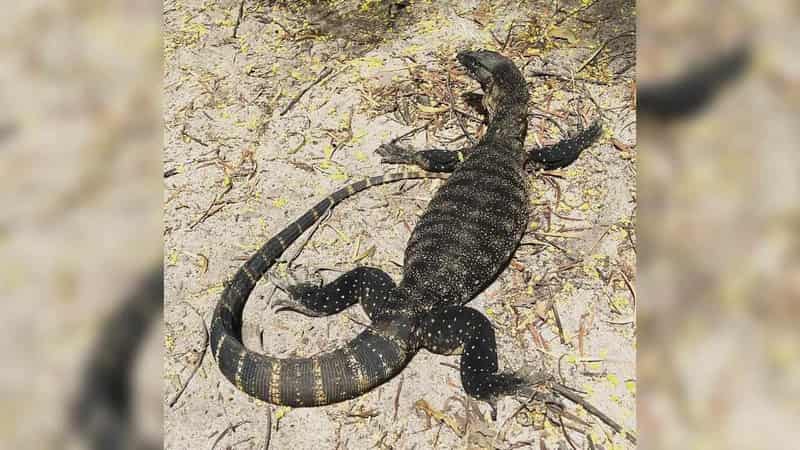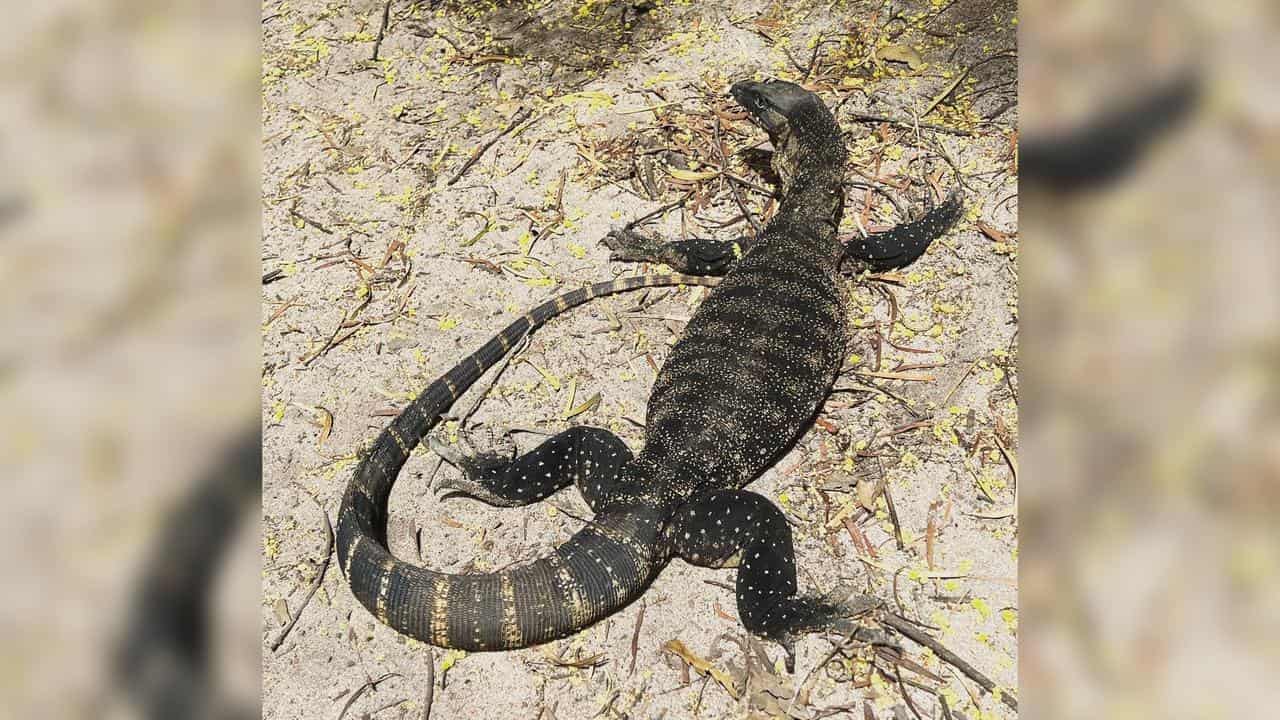
Australia’s giant lizards could hold the key to help farmers reduce the number of sheep being infected by a painful and potentially fatal disease.
Flystrike costs Australian agriculture an estimated $280 million a year and occurs when blowfly larvae or maggots hatch on the sheep's skin and feed off the animal.
But a University of Cambridge research project has found heath goannas, that grow up to a metre and a half in length, make a meal out of maggots and help to keep blowfly numbers low.
"We found they're much better scavengers than our invasive species like foxes and cats, so they find carcasses much quicker and they visit carcasses much more often," project leader Tom Jameson told AAP.
The year-long study led was carried out at 18 sites across the Marna Banggara Rewilding Project on Australia’s southern Yorke Peninsula, which is also known for its sheep farming.
It was grubby work, with the scientists leaving dead rats out in the searing heat for five days and using various methods to attract different scavengers.
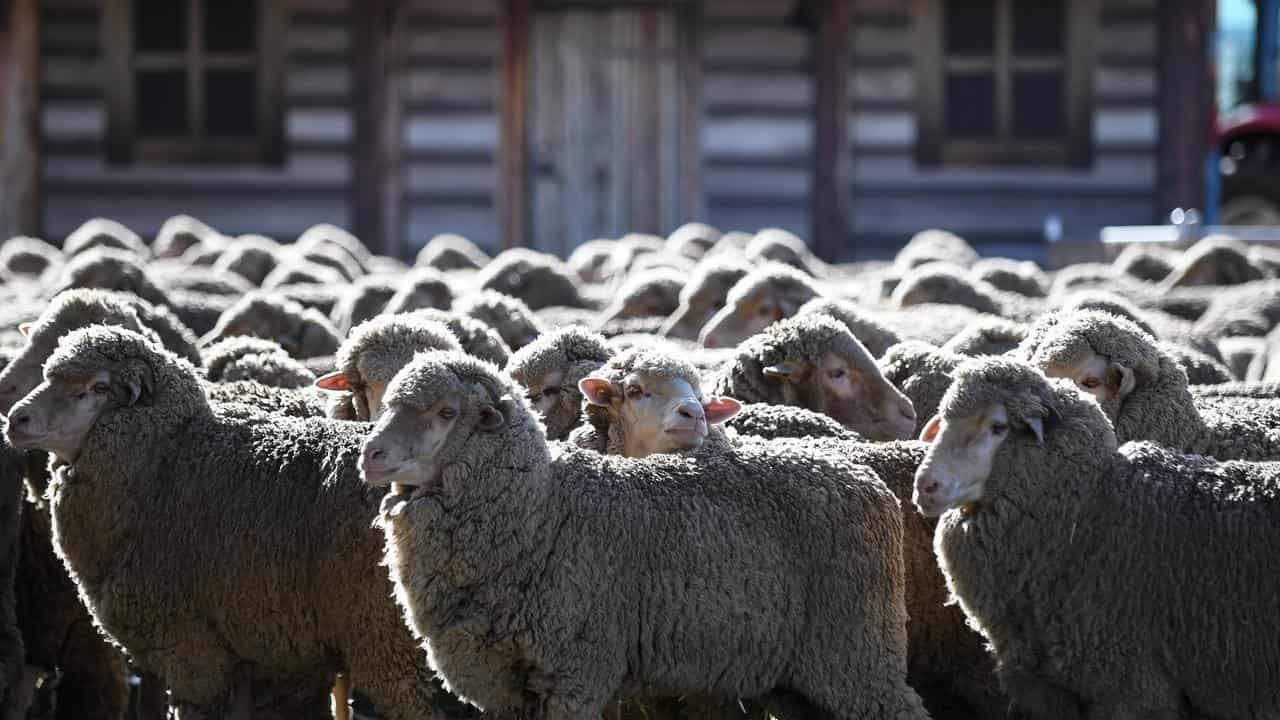
Researchers then counted the maggots that were left behind on the carcasses.
"We found that in the absence of these scavengers, we were getting thousands and thousands of blow flies being produced from a single rat carcass," Dr Jameson said.
But when the goannas, which feed off the dead carcasses of other animals, were present the blowfly numbers reduced to zero, with the whole carcass eaten.
Camera trap vision showed which scavengers had found the rat, and how quickly.
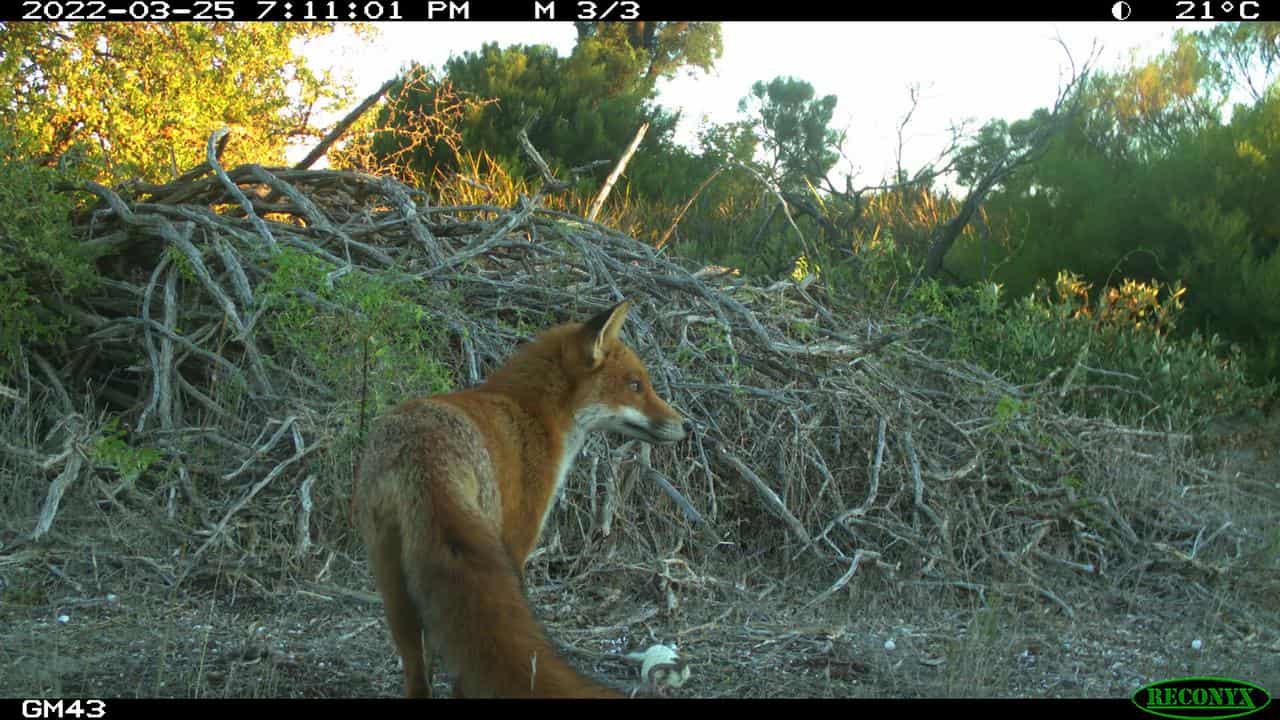
The vision revealed native Australian scavengers ate more of the dead rats, and with them the maggots, than the introduced animals.
"They (heath goannas) are a fantastic native species, and they are an asset to the country because they are potentially able to protect sheep from diseases like fly strike."
Dr Jameson wants more effort put into increasing goanna numbers.
"More work needs to be done to actually help support these (goanna) populations and help them grow," he said.
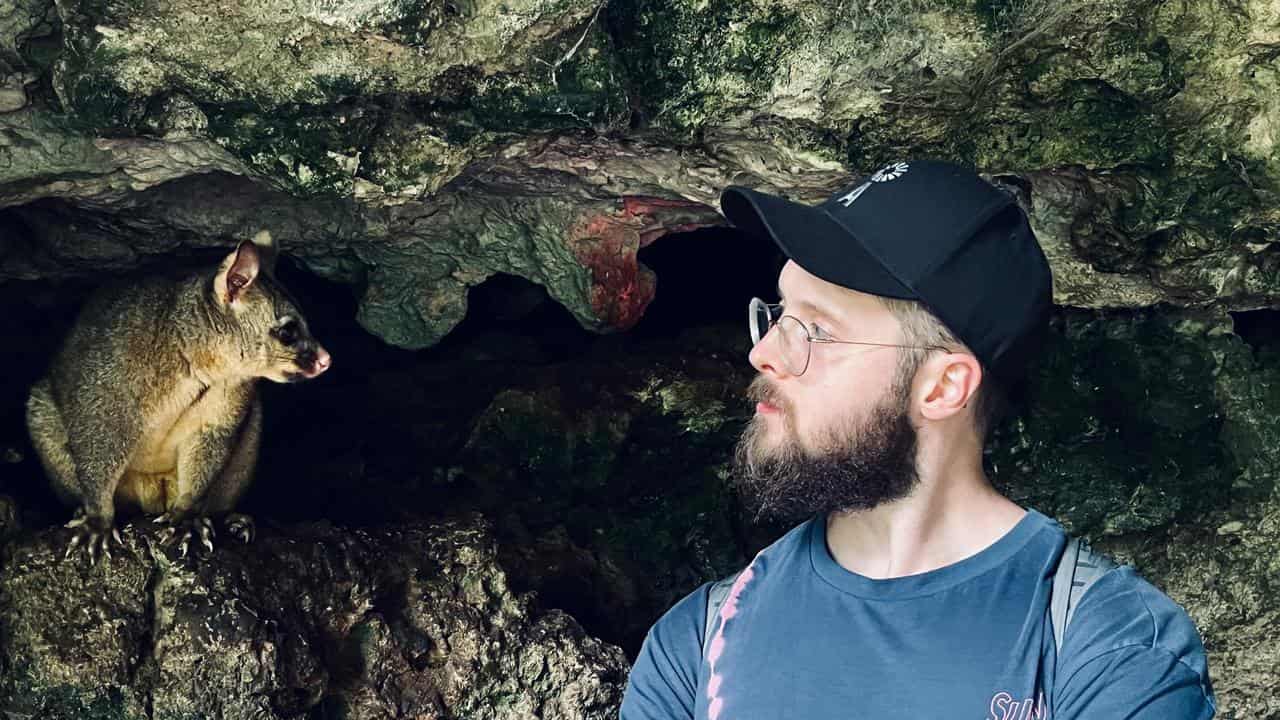
But there is a fly in the ointment according to Derek Sandow, project manager for the Marna Banggara area and a co-author on the paper.
With heath goannas considered endangered in parts of Australia, the ecologist said there are often fewer found on farms.
"Goannas are found generally, in relatively lower numbers in agricultural landscapes," the ecologist said.
"While the research shows how important they are in the native ecosystem, they're not going to be the silver bullet that sheep graziers are looking for," Mr Sandow said.
The research which is published in the journal Ecology and Evolution is the first study to show the importance of large reptiles as scavengers.
